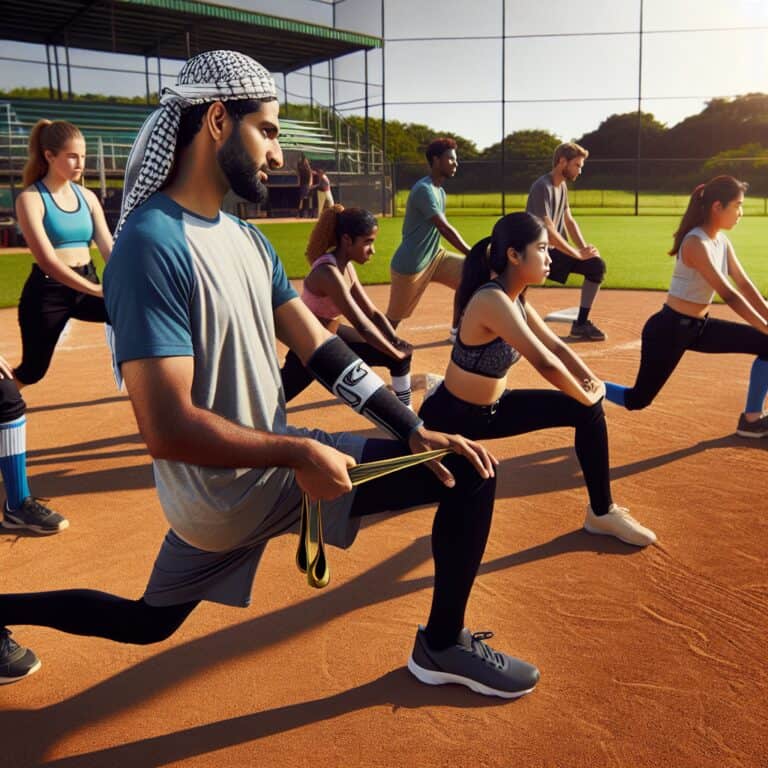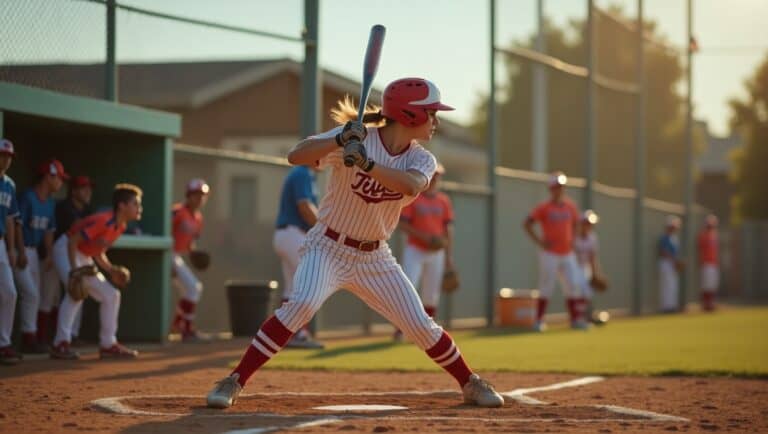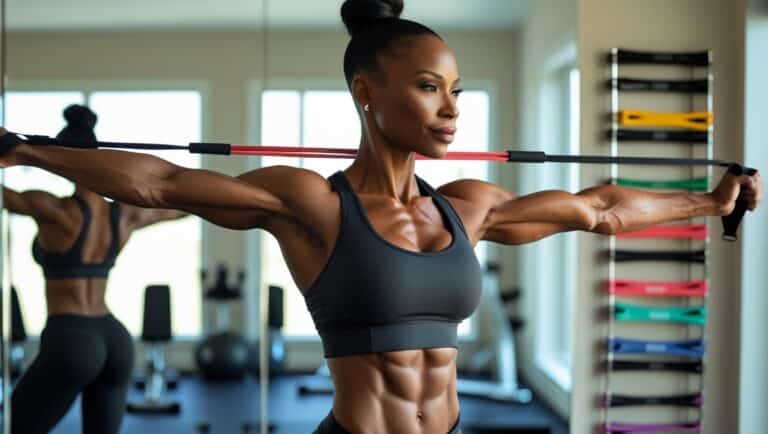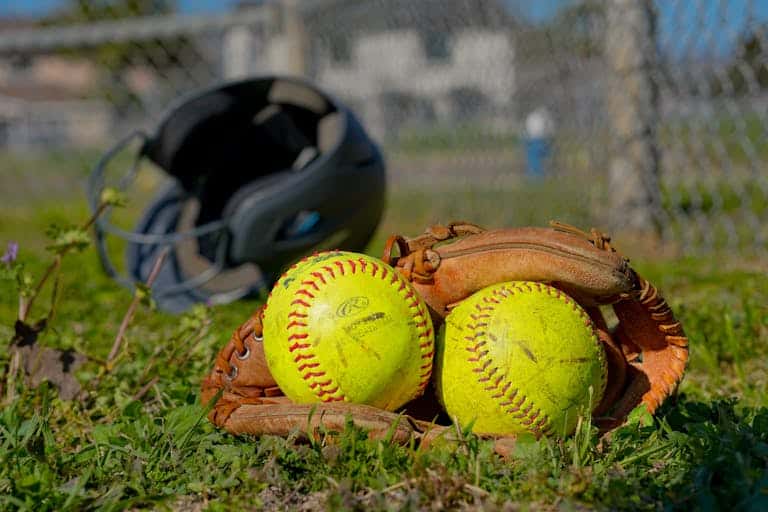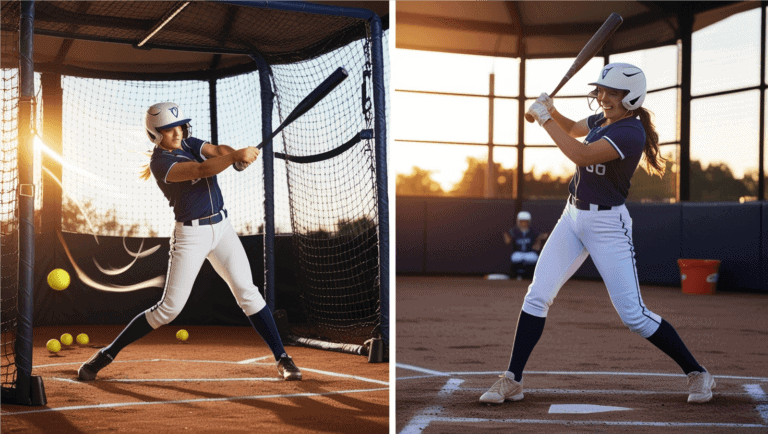Amazing Softball Infielder Face Mask Guide for 2025!
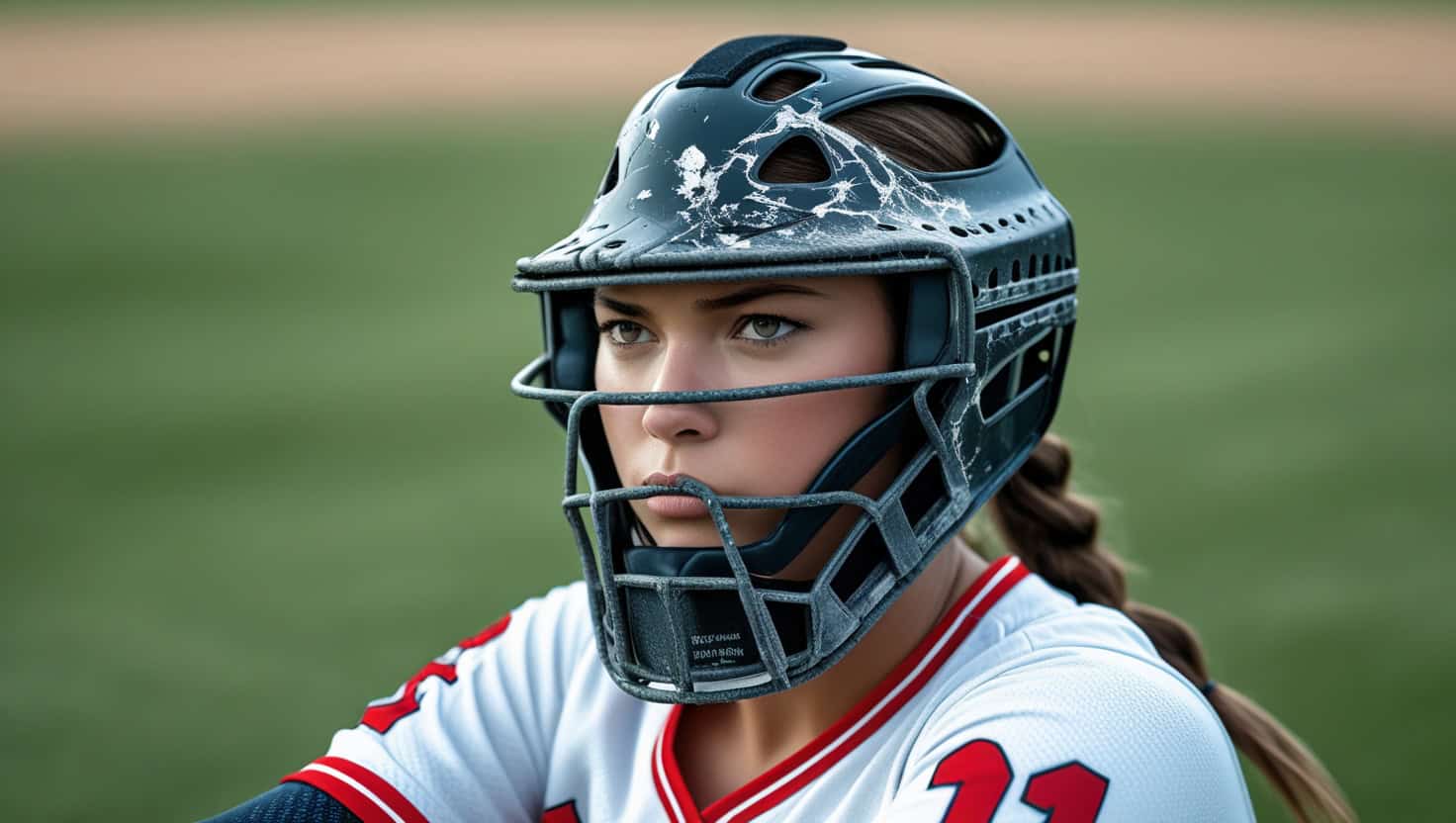
Hey there, fellow softball enthusiasts! Did you know that most of softball-related injuries occur in the infield? Yikes! That’s why I’m here to share the ultimate softball infielder face mask guide with you. As someone who’s faced many near misses with a few line drives almost hitting my face, I can’t stress enough how important it is to protect that million-dollar smile of yours. So, let’s talk about face masks and find the perfect shield for your infield adventures!
Why Infielders Need Face Masks
Let’s face it, playing infield in softball can be a real nail-biter. I’ve been coaching for years, and I’ve seen my fair share of close calls and, unfortunately, some nasty injuries. That’s why I’m always a big fan of players wearing face masks. You might think I’m being a worry-wart, but trust me, the risks are real.
Infielders are right in the line of fire. Those balls come screaming off the bat at ridiculous speeds, and sometimes you’ve got less than a second to react. I’ve seen players take line drives to the face, and it ain’t pretty. The statistics on softball-related facial injuries are enough to make your hair stand on end.
Now, I know some of you might be thinking, “But coach, I’ve got mad reflexes!” Sure, you might, but even the pros get caught off guard sometimes. That’s where face masks come in clutch. Wearing one is like having an invisible shield – it gives you that extra layer of protection when you need it most.
But it’s not just about safety. I’ve noticed that players who wear face masks often play with more confidence. They’re not flinching at every hard-hit ball, and they’re willing to get in there and make those tough plays. Plus, it gives peace of mind to parents and fans watching from the stands. Trust me, as a coach, that’s worth its weight in gold.
Key Features to Look for in a Softball Infielder Face Mask
So you’re sold on getting a face mask. Great! But how do you know what to look for? Don’t worry, I’ve got you covered. After years of playing and coaching, I’ve nailed down the key features that make a softball infielder face mask worth its weight.
First things first: material and durability. You want something that can take a hit without falling apart. Look for masks made with high-grade steel or light weight magnesium. They might be a bit more expensive ($80 to $100), but they’ll last longer and protect you better. I have seen players use a cheap mask that cracked on a hard hit – talk about a wake-up call!
Next up is visibility and field of view. This is crucial! You need to be able to see the ball, your teammates, and the baserunners. A good mask should have a wide field of vision without any annoying blind spots. I’ve seen players miss easy pop-ups because their mask was in the way – don’t let that be you!
Comfort and fit are also super important. You’re gonna be wearing this thing for hours during tournament weekends, so it better feel good. Look for masks with adjustable straps and padding. A well-fitted mask should feel secure without giving you a headache. There’s nothing worse than trying to focus on the game when your mask is digging into your forehead.
Lastly, pay attention to weight and balance. A heavy mask can throw off your game, especially if you’re not used to it. On the flip side, a mask that’s too light might not offer enough protection. It’s all about finding that sweet spot. I always tell my players to try on different masks and do some fielding drills to see how they feel.
Remember, the perfect softball infielder face mask is out there – you just gotta know what to look for and this softball infielder face mask guide is here to help you find it!
How to Choose the Right Face Mask for Your Position
Alright, let’s get down to the nitty-gritty. Choosing the right face mask isn’t just about picking the coolest looking one (though that doesn’t hurt). It’s about finding the one that works best for your specific position. I’ve seen too many players struggle with ill-fitting masks to know this is important stuff.
If you’re playing third base, you’re gonna want a mask with excellent peripheral vision. Those hot shots down the line come fast, and you need to be able to see ’em coming. For shortstops and second basemen, a lightweight mask is key. You’re covering a lot of ground, so you don’t want to feel weighed down.
First basemen, you’ve got a unique challenge. You need a mask that allows for clear upward vision for those high throws. You don’t want to miss catches because the mask is blocking your upward view – not a mistake you wanna make in a tight game!
Now, here’s the thing about proper fit and sizing – it’s absolutely crucial. A mask that’s too loose can shift around and obstruct your vision at the worst possible moment. Too tight, and you’ll be distracted by discomfort. When you’re trying on masks, make sure to adjust all the straps. The mask should feel snug but not painful, and it shouldn’t move around when you shake your head.
Here’s a pro tip for testing out face masks: do some fielding drills while wearing them. Yes, you can do these in a sporting goods store by mimicking the movements. Take some grounders, catch some pop-ups, make some throws. You want to simulate game situations as much as possible. Pay attention to how the mask affects your vision and movement. Does it feel uncomfortable? Does it interfere with your throwing motion? These are things you want to figure out before you’re in the middle of a game.
Remember, choosing the right mask is part of my softball infielder face mask guide, but it’s also about personal preference. What works for your teammate might not work for you, and that’s okay. The important thing is finding a mask that makes you feel safe and confident on the field.
Softball Infielder Face Mask Guide: Maintenance and Care
Let’s talk about keeping your face mask in tip-top shape. I know, I know, it’s not the most exciting topic, but it’s important. A well-maintained mask will last longer and protect you better. Plus, nobody wants to wear a stinky, grimy mask, right?
First up, cleaning. You’d be surprised how many players neglect this. After every game or practice, give your mask a good wipe down. Use a damp cloth with some mild soap to get rid of sweat and dirt. For a deeper clean, you can use a disinfectant spray, but make sure it’s safe for the mask material.
When it comes to storage, treat your mask like the valuable piece of equipment it is. Don’t just toss it in your bag with your cleats and dirty uniform. I recommend getting a dedicated case or at least wrapping it in a soft cloth. This prevents scratches and dents that could compromise its integrity.
Transportation is another thing to keep in mind. If you’re traveling to games, make sure your mask is packed securely. Masks can get bent out of shape from being squished in overpacked bags…not good.
Now, here’s a question you might being thinking: “When should I replace my face mask?” Well, it depends. If your mask has taken a direct hit, inspect it carefully for any cracks or dents. Even if it looks okay, a hard impact can weaken the material. As a general rule, I suggest replacing your mask every two to three seasons, or sooner if you are taking a lot of hits. Pitchers….I am talking mainly about you here.
Here’s a tip from my softball infielder face mask guide: keep a log of any significant impacts your mask takes. This can help you track its lifespan and know when it might be time for a replacement. Remember, a damaged mask is about as useful as no mask at all!
Overcoming Resistance to Wearing Face Masks
Okay, let’s address the elephant on the field. Some players are resistant to wearing face masks. I get it, I really do. When I first started coaching, I thought they were overkill too. But let me tell ya, seeing a player take a line drive to the face changes your perspective real quick.
One of the biggest concerns I hear is, “It’ll affect my performance.” And sure, there might be an adjustment period. But here’s the thing – once you get used to it, you’ll likely play better. Why? Because you’re not scared of the ball. You can be more aggressive, get in closer, make those tough plays without flinching.
Don’t believe me? Just look at the pros or college. More and more professional softball players are rocking face masks these days. If it’s good enough for them, it’s good enough or more important for us recreational players.
Now, I know adjusting to playing with a face mask can be tricky. Here are a few tips from my softball infielder face mask guide to make the transition easier:
- Start wearing it during practice before using it in games.
- Do lots of fielding drills to get used to the change in vision.
- Try different masks to find the one that feels most comfortable.
- Remember that it’s not just about you – it’s about setting a good example for younger players.
At the end of the day, wearing a face mask is about being smart and staying safe. The game’s a lot more fun when you’re not worried about taking a ball to the face. So give it a shot – your teeth (and your parents) will thank you!
There you have it, my friends – your comprehensive softball infielder face mask guide for 2025! Remember, your face is irreplaceable, but your mask isn’t. Don’t let fear of looking “uncool” stop you from protecting yourself on the field. Trust me, a face mask looks way cooler than a black eye or a broken nose! So, gear up, stay safe, and keep crushing it out there on the diamond. Have you found your perfect face mask yet? If not, what are you waiting for? Get out there and start shopping!
Craving more softball wisdom? Unlock game-changing tips below!


